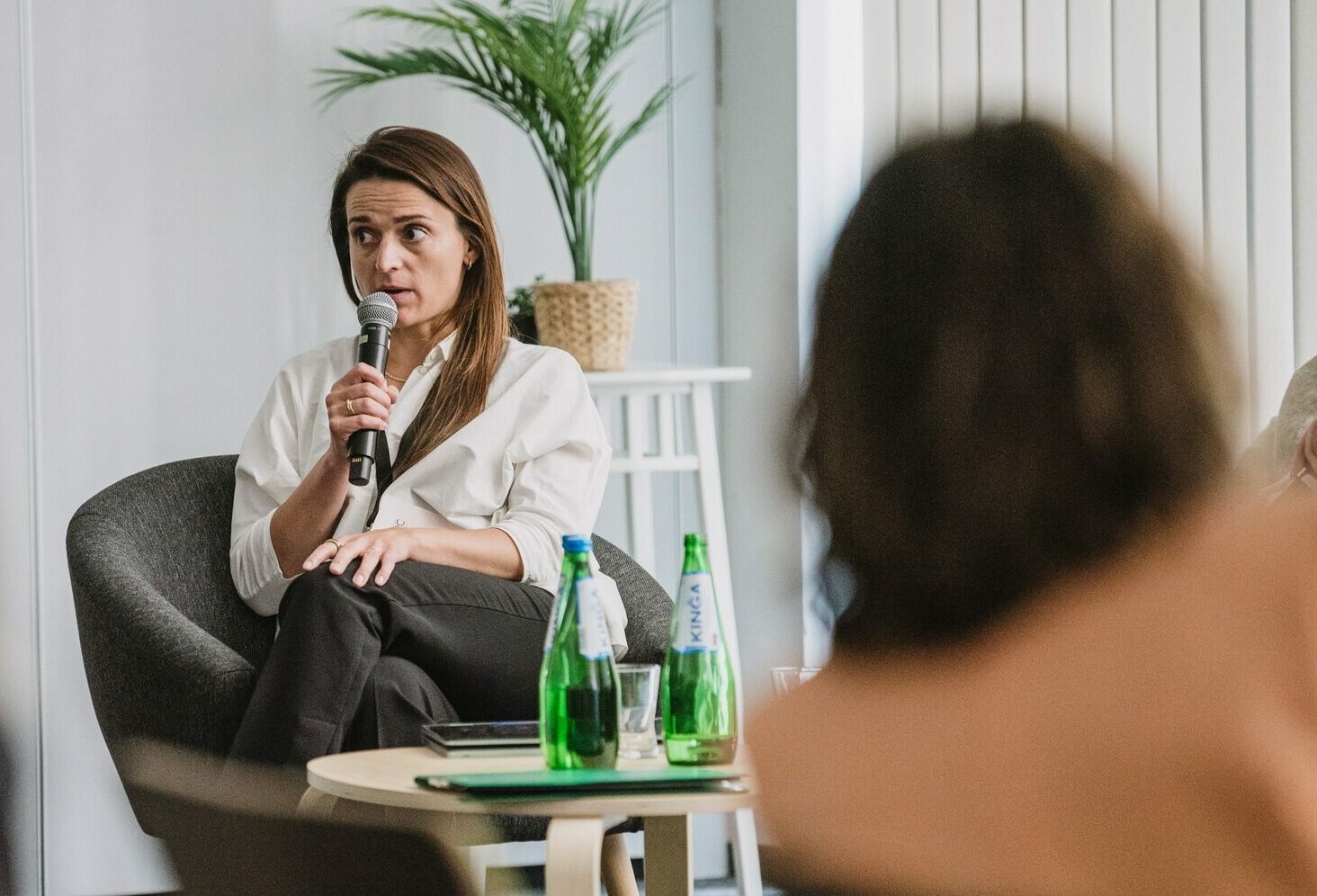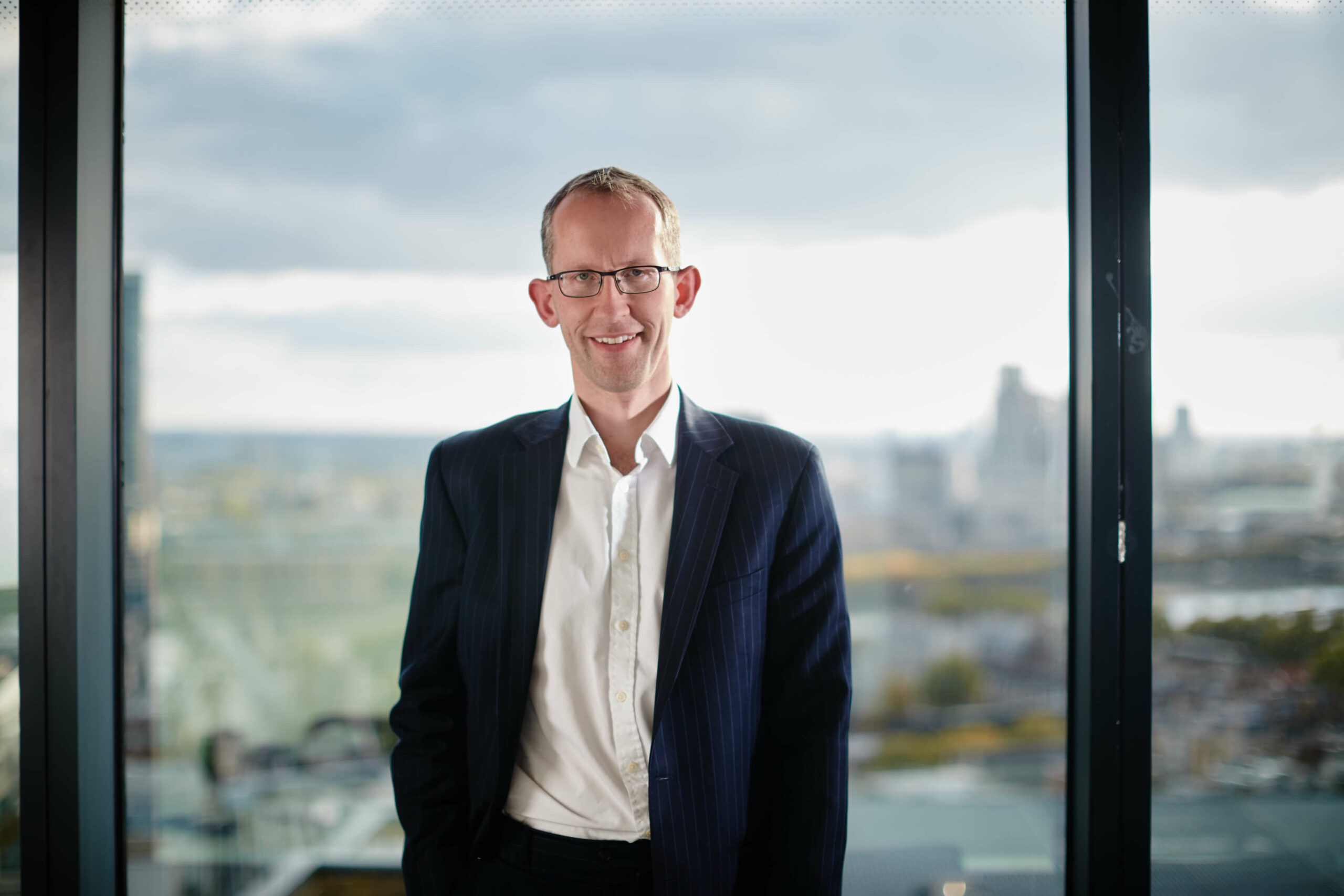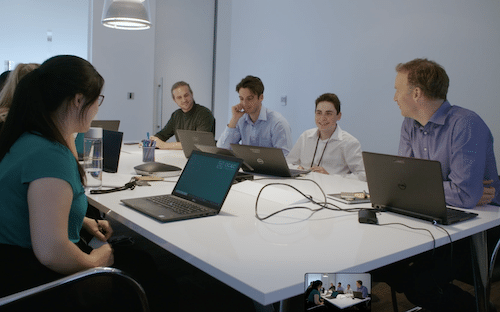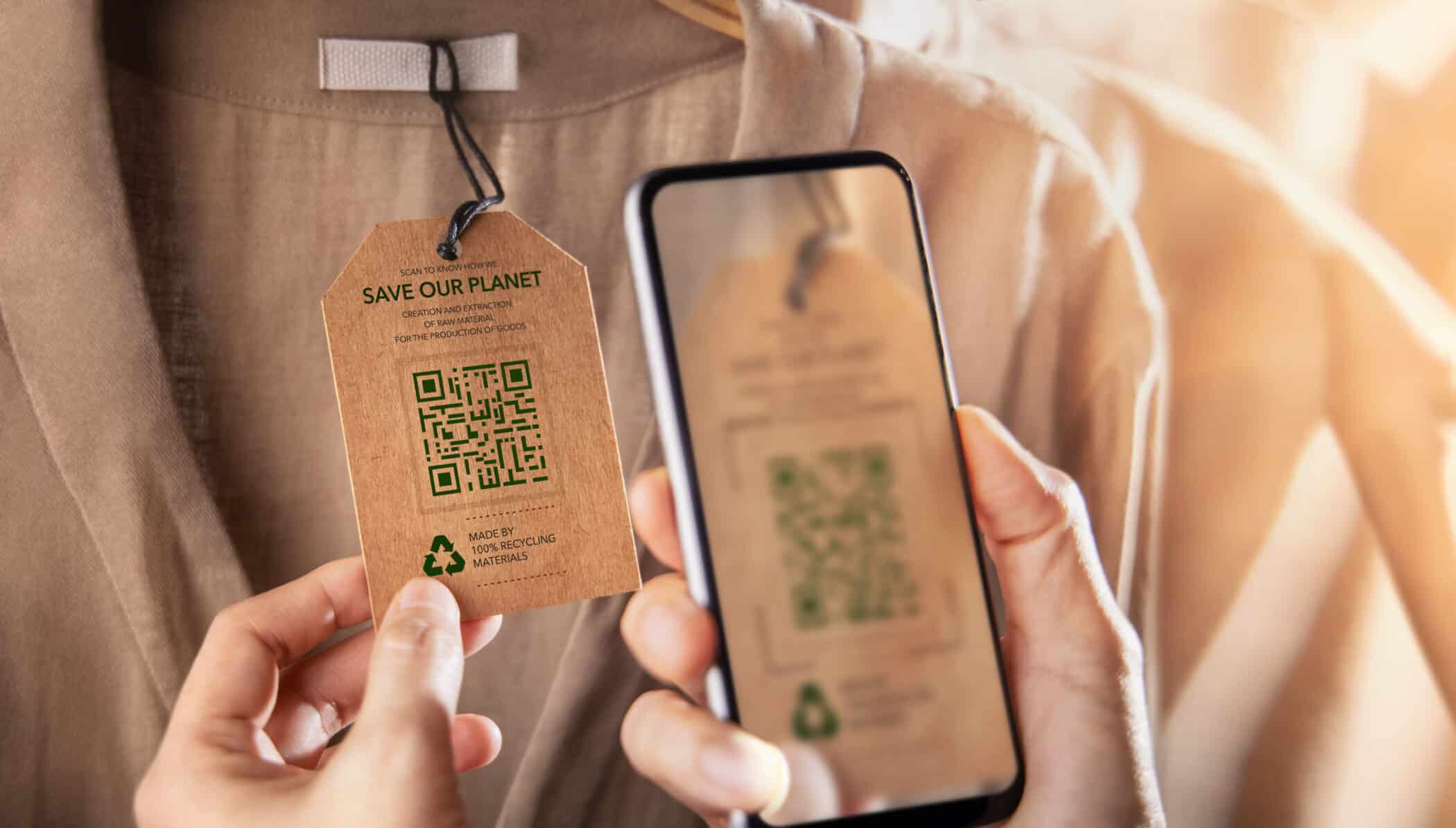The Big Picture
More than 35 years of unpicking the most complex business challenges with simple, uncommon sense™. We’re an international consulting firm, but we’ve never seen size as an end in itself.
700+
people


15
global offices


35+
years experience


Deep thinking
Our philosophy is to treat each problem as unique, applying uncommon sense™ and providing truly customised solutions rather than generic packages for our clients.
Our thought leadership showcases our ability to think creatively, generate new insights and provide a fresh perspective on established thinking.

Navigating AI Adoption in Professional Services

10 Golden Rules for Digital Marketing Success
"We work hand in hand with our clients to ensure the strategies developed end up as theirs not ours."

Will Hayllar
Global Managing Partner
Industry expertise
We help top management of major multinational corporations and leading national companies as well as private equity firms, governmental and other public institutions develop winning strategies.
of
Extraordinary people


We’re an organisation of individuals cut from different cloths but united by a common purpose – working together with our clients and colleagues to build relationships that last.
At OC&C, we believe in solving problems using fresh, crisp analysis to offer our clients bespoke strategies, not off-the-shelf answers. We treat each problem as unique – there is no generic framework, no rulebook.





















